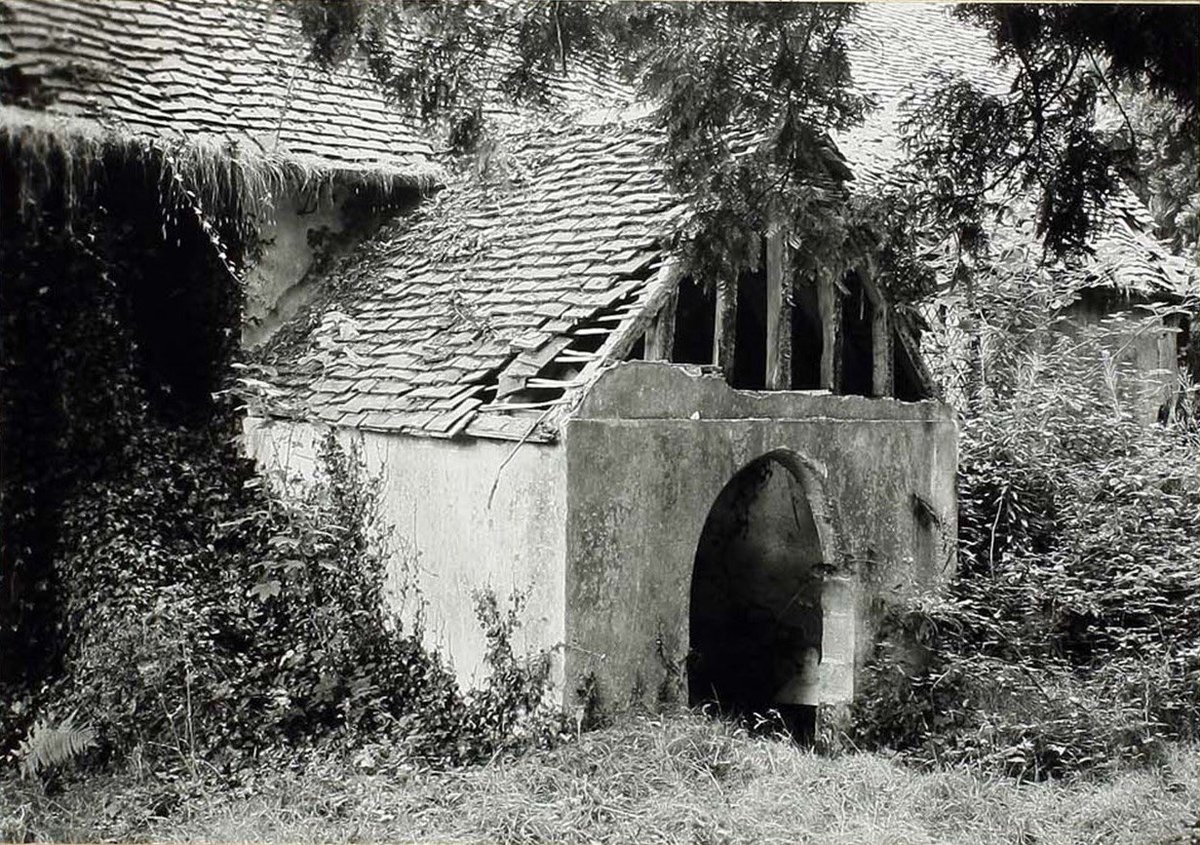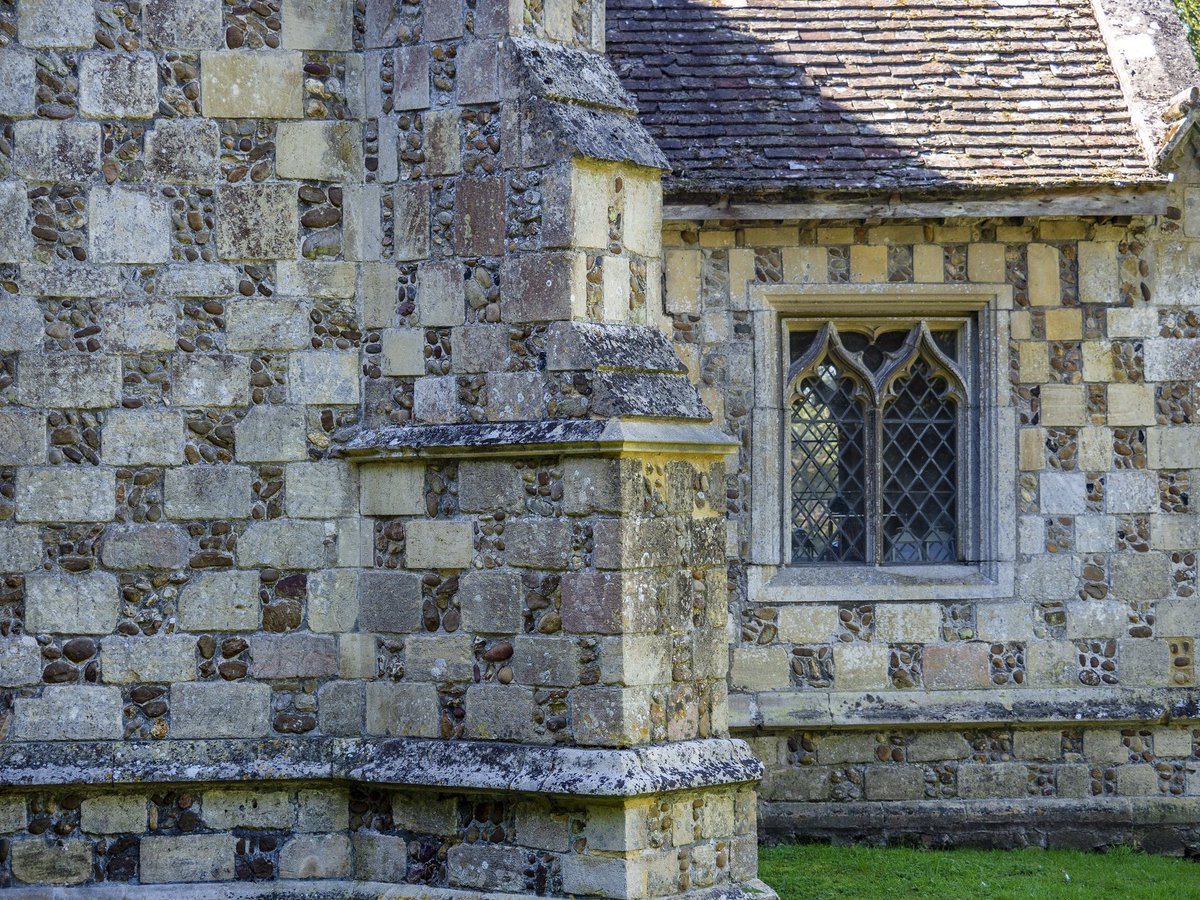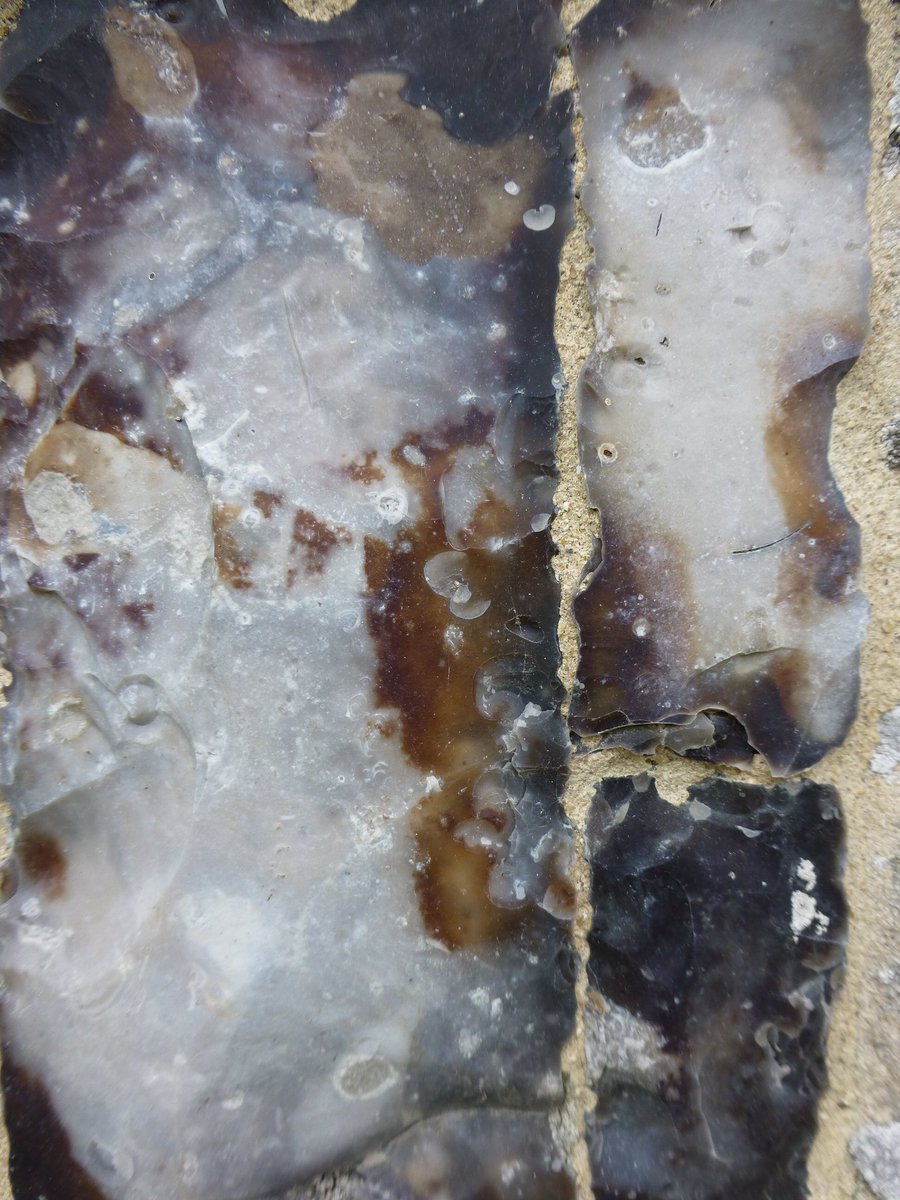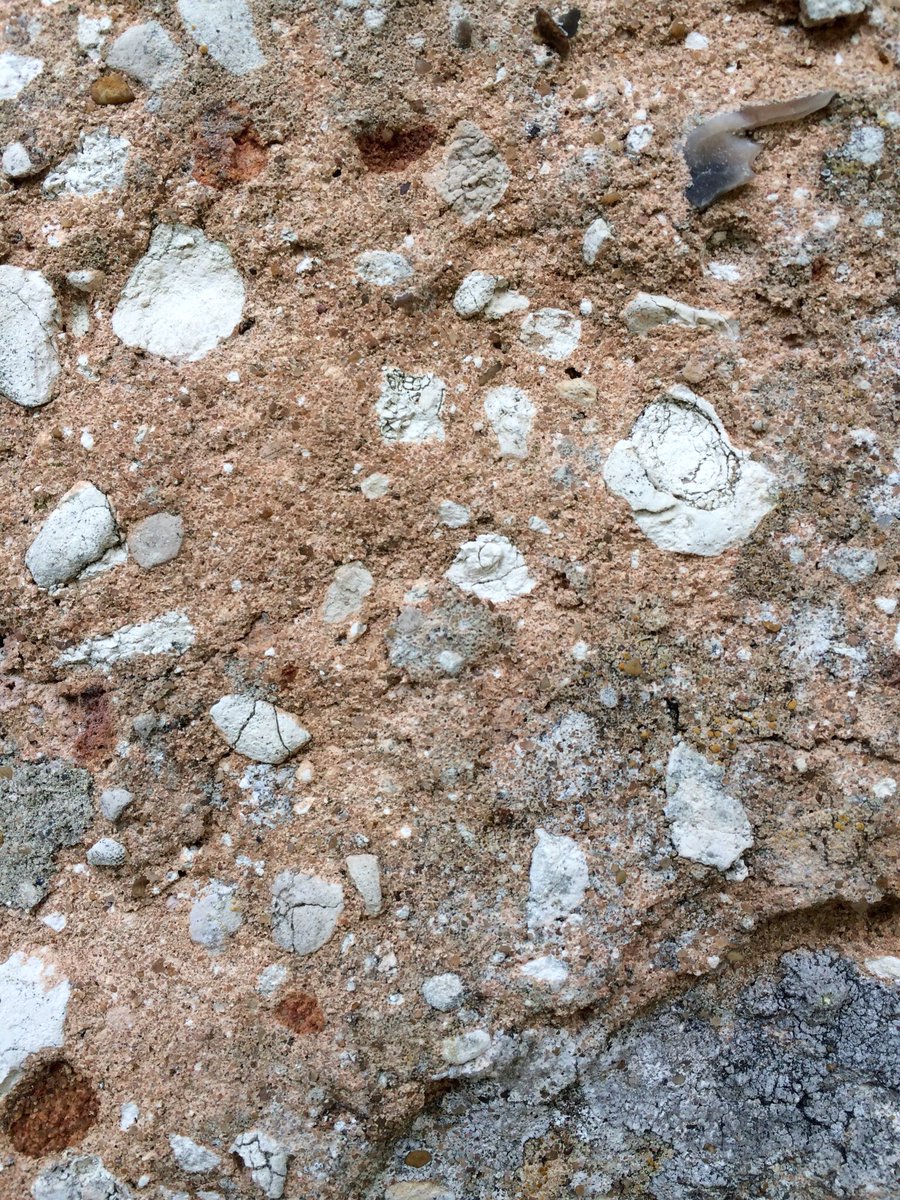
The Sound of Music has led generations of children astray.
Do is not a deer. Re is not a drop of golden sun. And Mi has nothing to do with me, and everything to do with an 8th-century poem to St John the Baptist.
#thread
Do is not a deer. Re is not a drop of golden sun. And Mi has nothing to do with me, and everything to do with an 8th-century poem to St John the Baptist.
#thread

About 1300 years ago, the monk and historian, Paulus Diaconus, lost his voice. During his illness, he composed a poem and dedicated it to St John the Baptist.
It went:
Ut queant laxīs
resonāre fibrīs
Mīra gestōrum
famulī tuōrum,
Solve pollūtī
labiī reātum,
Sāncte Iōhannēs
2/
It went:
Ut queant laxīs
resonāre fibrīs
Mīra gestōrum
famulī tuōrum,
Solve pollūtī
labiī reātum,
Sāncte Iōhannēs
2/
This translates as, So that your servants may, with loosened voices, resound the wonders of your deeds, clean the guilt from our stained lips, O Saint John.
3/
3/
In the 11th century, Benedictine monk, Guido of Arezzo took Paulus’s poem and set it to a sweet climbing melody.
To remember the notes, he took the opening syllable of each line: Ut - Re - Mi - Fa - So - La - Si... and used them to name the notes of the C-Major scale.
4/
To remember the notes, he took the opening syllable of each line: Ut - Re - Mi - Fa - So - La - Si... and used them to name the notes of the C-Major scale.
4/
Guido D’Arezzo’s Micrologus – a musical treatise – became one of the most popular texts on music in the Middle Ages. In it, he included the seven musical notes: ut-re-mi-fa-so-la-si.
But, I hear you cry, the notes don’t have ut and si!
5/
But, I hear you cry, the notes don’t have ut and si!
5/
… that’s because in the 17th century, Giovanni Battista Doni changed ut to do, and in the 19th century Sarah Glover changed si to ti, as they were easier to sing.
... And that’s why you’re reciting poem to St John the Baptist every time you sing this musical scale.
6/
... And that’s why you’re reciting poem to St John the Baptist every time you sing this musical scale.
6/

• • •
Missing some Tweet in this thread? You can try to
force a refresh


























